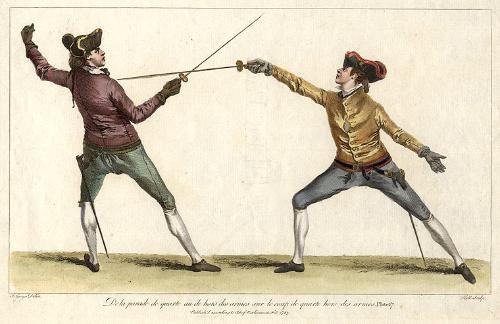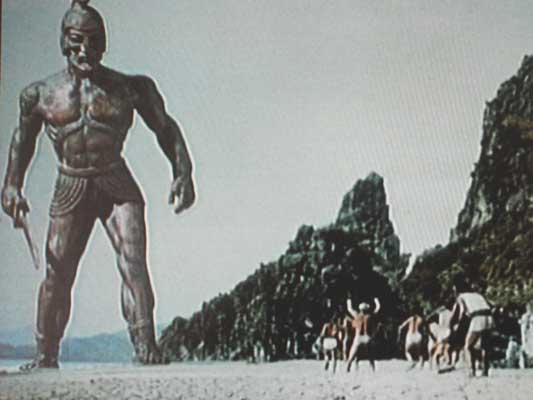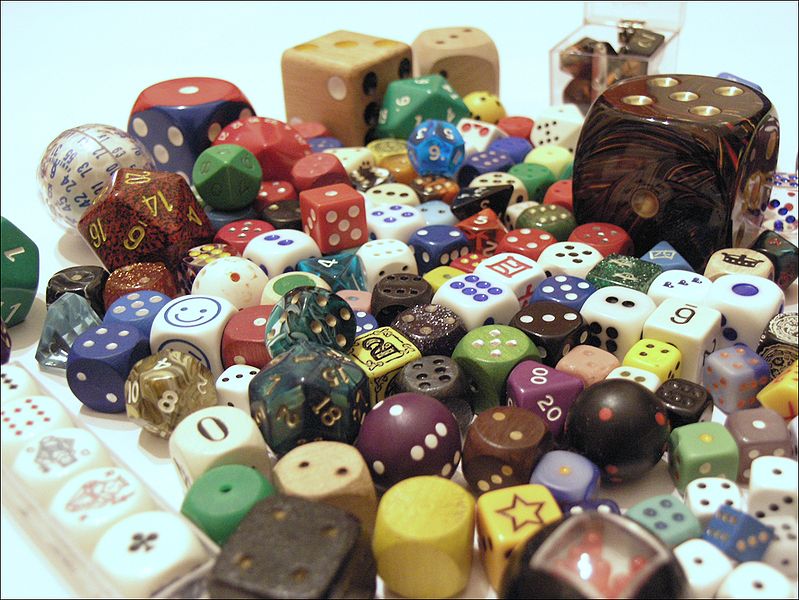Part 3 of 3. If you thought the articles were geeky before, be warned: it gets worse here.The past two articles: Part IPart II Jumping into the new: Action points, Version 1 In the last episode, I detailed some of my early endeavors at gaming more varied action times. Enough of that. Here’s another general method: action points. I can’t point to any single system as an example; I’ve seen many variations in home-brew games or as options for existing systems. One reader (see comments in first article) points to an AD&D version from an old Dragon magazine. The idea is simple: give each character some number of “action points”…
-
-
Game design musing: It’s about time (Part II)
More on the subject of attack time and pacing in RPG combat systems, focusing on a couple of old home-brew efforts. Continued from Part I: On to another round of writing. I planned to wrap this up, but it looks like there’s going to be a Part III as well. (One note: With occasional digression, I’m discussing melee, not ranged, combat.) Recap Looking at how a few game systems (including some I haven’t mentioned) handle action time and pacing in their combat systems, the below seem par for the course: Combat actions take place in turns, with a default of one attack per turn. Under turns, there’s typically no mechanism…
-
Game design musing: It’s about time (Part I)
Gear up, spelunkers! It’s time for a dizzied descent into the dankest depths of game-design geekdom. In a very old blog post I briefly pondered the topic of action pacing – especially combat pacing – in RPGs. Below are some thoughts on how three major game systems tackle the topic. A caution in advance: while I know my GURPS, please accept my apologies where I mangle HERO; it’s been a long time since I last played. And I really risk disservice to D&D, as my only familiarity with 3e rules is from perusing the books, not actual play. Corrections to my text are greatly welcomed. Timing Basics In the three game…
-
Recycled content: Gaming giants in combat
In a Gurpsnet thread on how to deal with giant foes in combat, I commented on a GM’s concern about overwhelming the PCs. The discussion is for 3e GURPS; as 4e has pretty much solved 3e‘s problem with what ST to give a giant, it’s not too interesting a discussion any more. Still, there may be some fodder there for giant-slayer PCs or their evil GMs. My comments in that thread are as follows: Lots of people have offered good advice on how PCs should (and shouldn’t!) tackle a huge giant in 3e. There are some very useful lessons in there for the PCs in any game. I think one…
-
T Bone’s rules of dilettante game design, Part I
Friendly site visitor KC sends some all-too-kind words about Games Diner content, and asks an interesting question – that’s hard to answer, too, as the good questions always are. “In your opinion, what aspects of a roleplaying system require special attention in order to avoid major conflicts?” Hmm. KC adds a bit more: “I know this is a broad question, and a lot of the answer requires knowing what the intent of the game engine is. Striving to find the balance between playability and realism is the most difficult part of a game, and I’m certain you are familiar with this. Which is why I ask the question.” Tough one!…



